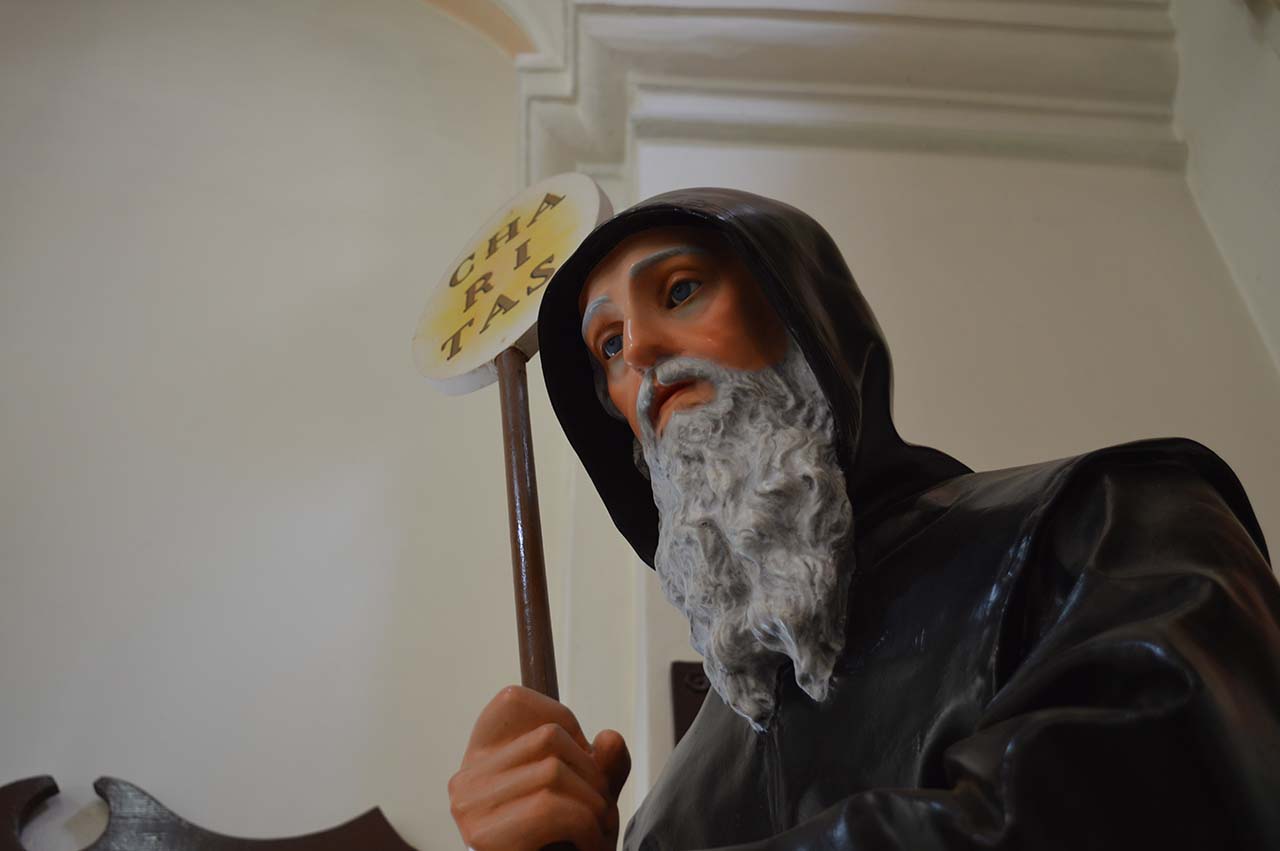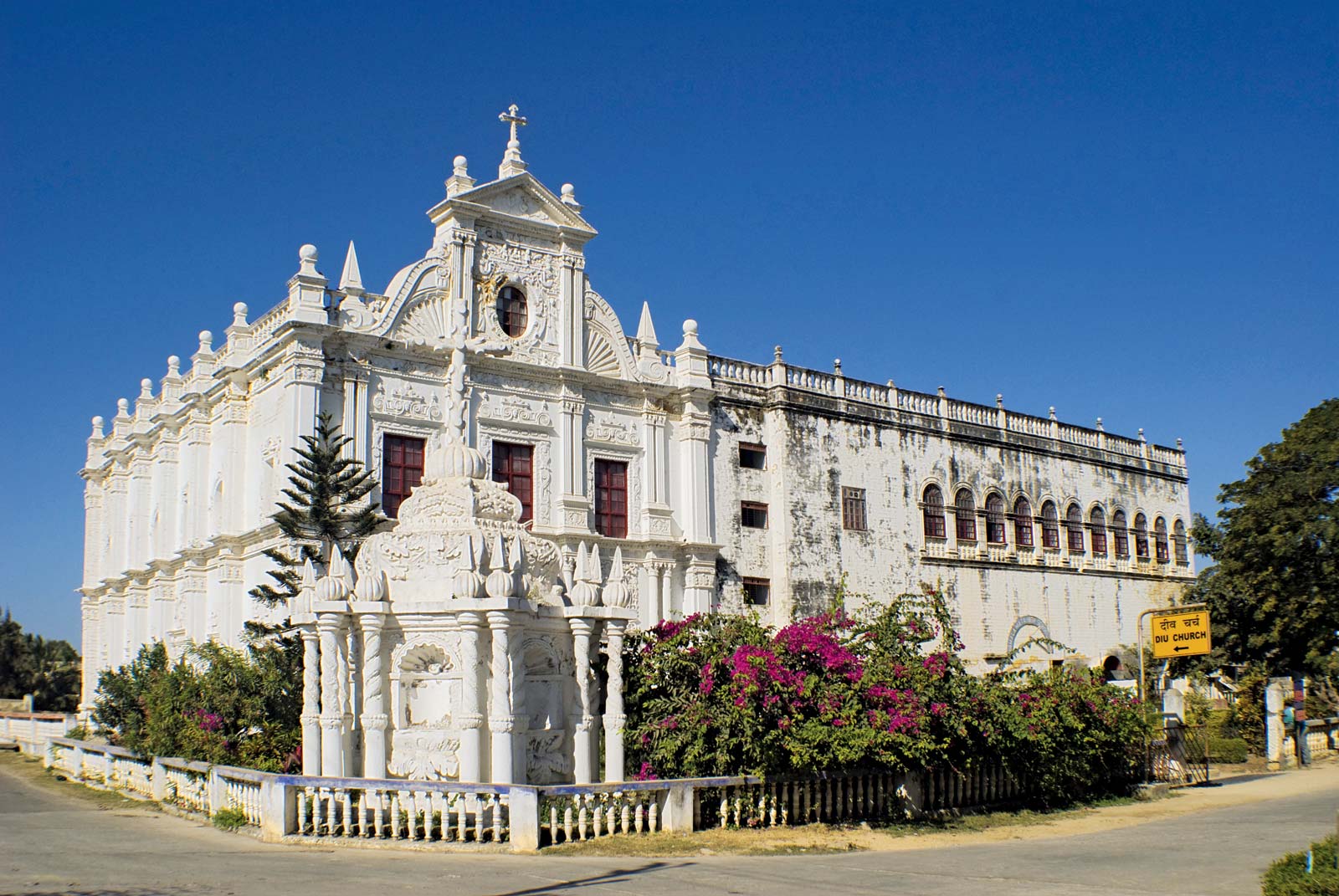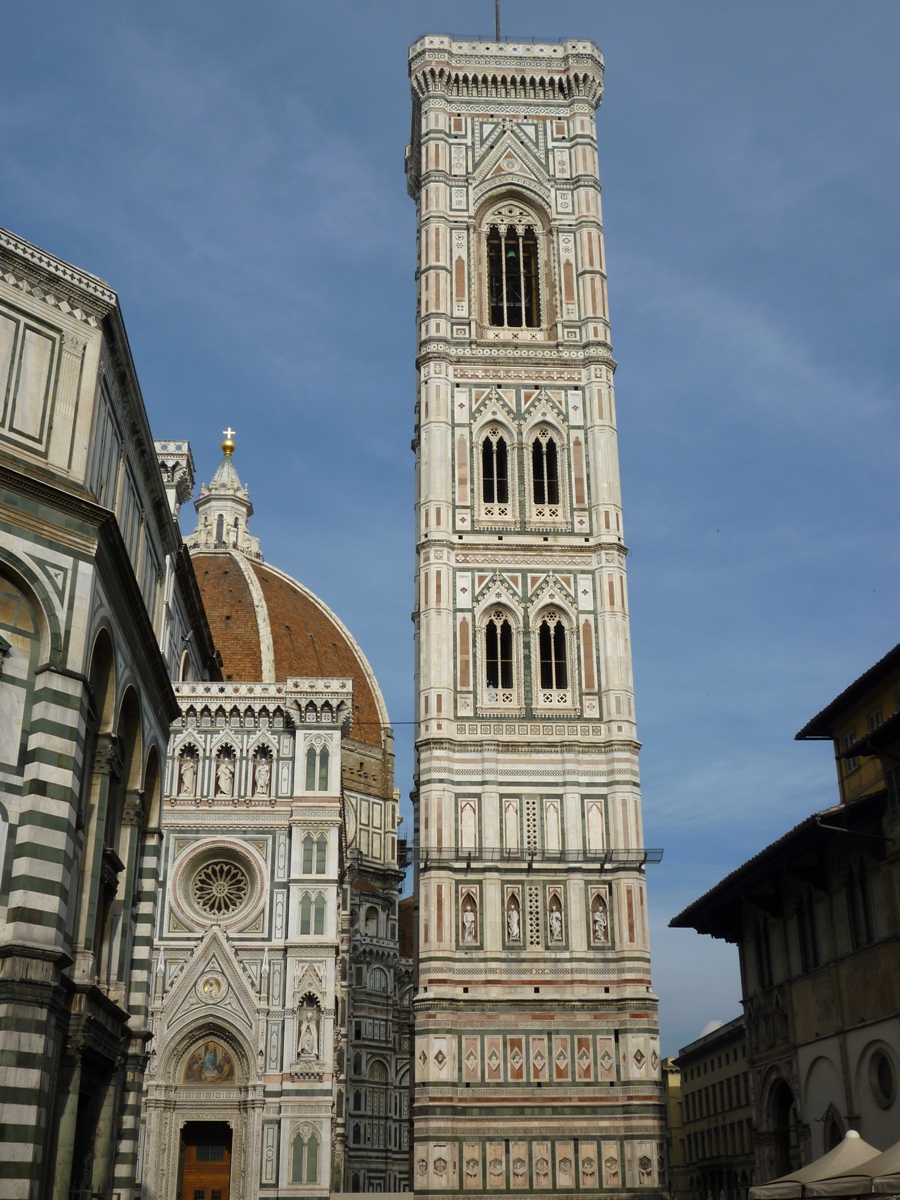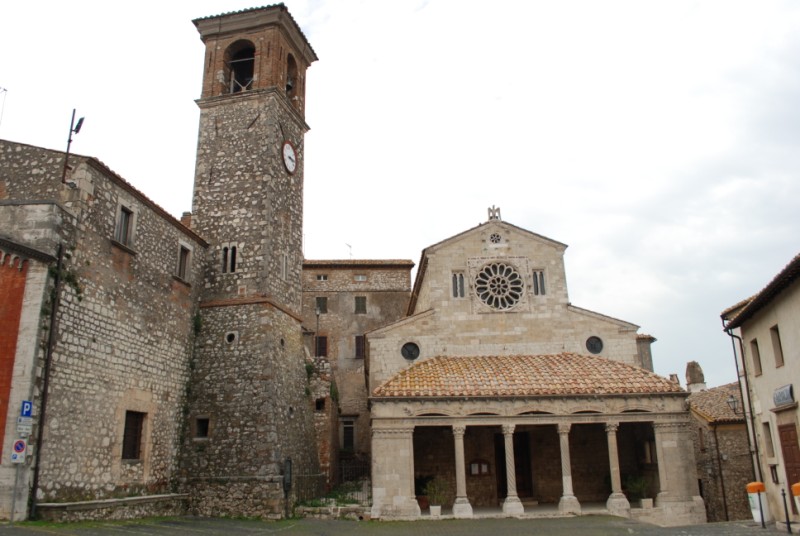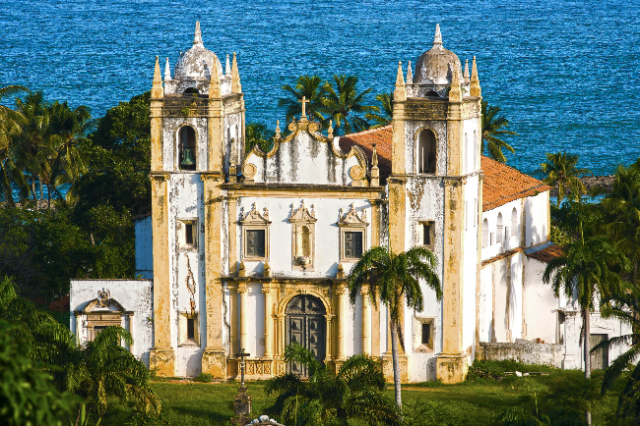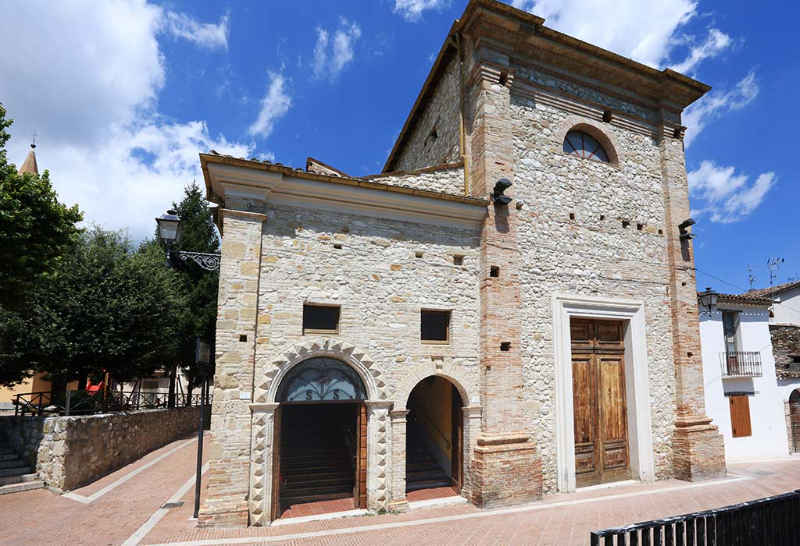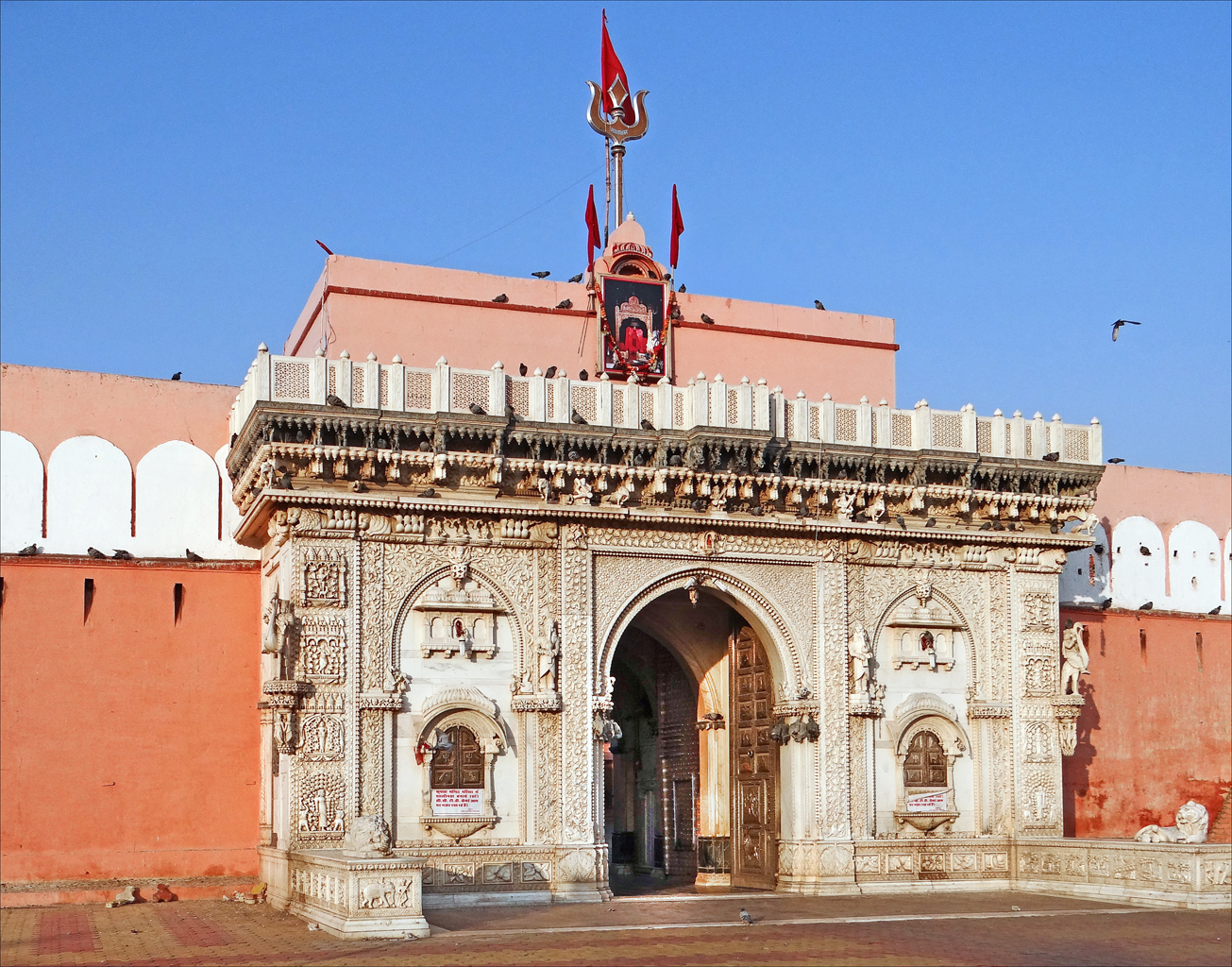Saint Antonino Abbot is the patron saint of Campagna as well as of Sorrento. The cult of this saint is so strong in the families of every social class that every year – on February 14th – the recurrence becomes a real feast of the people.
Saint Antonino was born in Campagna. He soon left his village to go to Cassino where he became a Benedictine monk. At that time Italy was devastated by the barbarian invasions.
Even the monastery of Montecassino was sacked by the Lombards and the monks had to flee, going to Rome to Pope Pelagio II. Sant’Antonino, instead, wandered around Campania until he landed in Stabia, the present Castellammare. Here he met Saint Catellus, who was its bishop and became his friend. Saint Catellus wished to dedicate himself to the contemplative life and, when he decided to retire to Monte Aureo, he entrusted the diocese of Stabia to Saint Antoninus. During the period of regency of the diocese the call to monastic life was so strong that Antoninus asked Catellus to return to his see.
Antoninus in turn retired to Monte Aureo; he lived in a natural cave in solitude feeding on herbs. He was finally joined by Saint Catellus, who again decided to retire to the mountain and to devote himself sporadically to the care of the diocese. One day the Archangel Michael appeared to the two men and asked them to build a church in that place, from where they could dominate the gulf and admire Vesuvius. So the two saints began to build a church in stone and wood in the point of Faito that is now called Monte S. Angelo or Punta S. Michele.
At first shepherds went up there, then farmers until St. Catellus was accused of witchcraft by a bad priest of Stabia, a certain Tibeio, and was recalled by the pope to Rome and held prisoner until a new pope appeared in a dream St. Antoninus who ordered him to free his friend. St. Catellus returned to Stabia and dedicated himself to enlarge the church on the mountain that became a destination for pilgrims. Among many people who went to the mountain there were many Sorrentines who invited Antonino, who already had the reputation of saint, to settle in Sorrento. He was welcomed by the abbot Bonifacio in the Benedictine monastery of S. Agrippino which was located where the basilica rises now.
At the death of Boniface, Antoninus became his successor. It is told that one day a child playing on the beach of Sorrento was swallowed by a whale. His desperate mother asked for help to Saint Antonino who went to the beach and ordered the fishermen to look for the sea monster and to bring him in his presence. When this happened, the belly of the monster was opened and the child came out safe and sound. This episode constitutes one of the most important miracles performed in life by the saint who became a reference for the whole town of Sorrento. After his death 13 centuries ago, the Sorrento people erected the crypt and the basilica on the place of his burial, on the bastion of the town-walls, because he was buried neither inside nor outside the town, but inside its walls.
Admiring the paintings of the basilica you can guess the love of Sorrento for the saint and the miracles performed: the naval victory against the Saracens, in the siege of the terrible general Grillo, the preservation from the plague, the liberation from cholera, the liberation of the possessed.
It is said that when Sorrento was sacked by the Turks and the statue stolen, not having enough money to make another, the Sorrentines had given up, but here is that the miracle happened: St. Antonino presented himself in the flesh to the sculptor who paid directly to the statue. It is celebrated on the 14th February.
